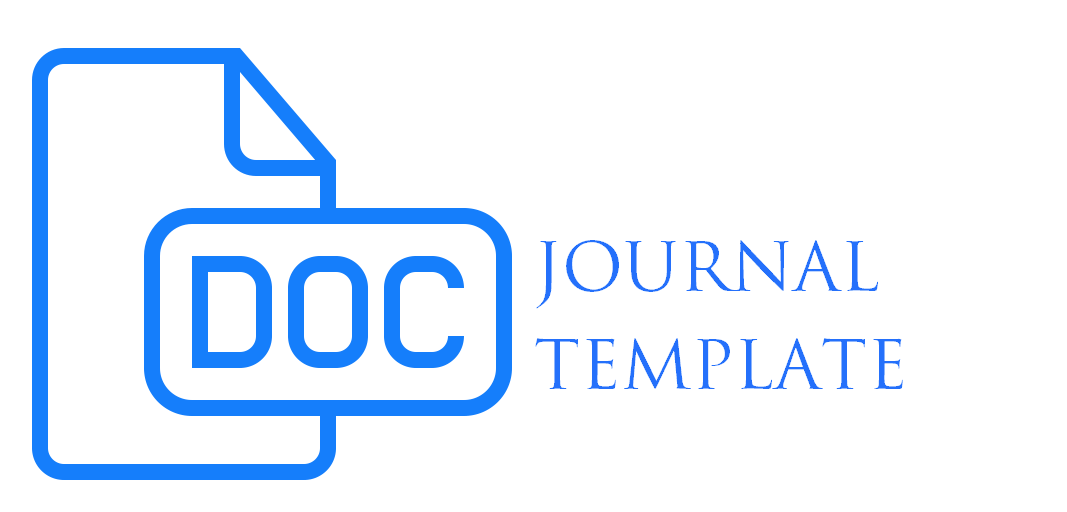ANALISIS REKAHAN GEMPA BUMI DAN GEMPA BUMI SUSULAN DENGAN MENGGUNAKAN METODE OMORI
(1) Jurusan Fisika FMIPA UNM
(2) Universitas Negeri Makassar
(3) Universitas Negeri Makassar
(*) Corresponding Author
DOI: https://doi.org/10.35580/jspf.v8i3.922
Abstract
Abstract:
Analysis of Fracture Earthquakes and Earthquake Supplementary Using Omori Method. It has been conducted research on fracture analysis of aftershocks and the relationship between the law Omori and aftershock in the northeastern city of Soroako dated February 15, 2011. From the data as much as 190 aftershocks incident, obtained fracture longest aftershock of 1.722 km with seismic energy 1.6737 x 1015 J and the speed of earthquake fissures 79.629 m/s while the shortest fracture energy of 0.331 to 1.45 x 1013 J quake and speed earthquake fracture 1.327 m / s. The end time of analysis or prediction of aftershocks obtained by the method of Omori in 20 days. So on the 20th day of the quake, aftershocks will end with a frequency of earthquakes only once a day.
Abstrak:
Analisis Rekahan Gempa bumi dan Gempa bumi Susulan dengan Menggunakan Metode Omori. Telah di lakukan penelitian analisis rekahan gempa susulan dan hubungan antara gempa susulan dengan Hukum Omori di wilayah timur laut kota Soroako tanggal 15 Februari 2011. Dari data gempa susulan sebanyak 190 kejadian, di peroleh rekahan terpanjang gempa susulan sebesar 1,722 km dengan energi gempa 1,6737 x 1015 J dan kecepatan rekahan gempa 79,629 m/s sedangkan rekahan terpendek sebesar 0,331 dengan dengan energi gempa 1,45x 1013 J dan kecepatan rekahan gempa 1,327 m/s. Analisis atau prediksi Waktu berakhirnya gempa susulan dengan metode Omori di peroleh 20 hari. Jadi pada hari ke 20 dari gempa utama, gempa susulan akan berakhir dengan frekuensi gempa hanya satu kali dalam satu hari.
Kata kunci : gempa susulan, hukum omori, rekahan gempa
Indonesia merupakan
Full Text:
PDFReferences
Gunawan I dan Subarjo, 2005. Pengantar Seismologi. Badan Meteorologi dan Geofisika: Jakarta.
Santoso Djoko, 2002. Pengantar Teknik Geofisika. Penerbit ITB: Bandung.
Slamet I, 2004. Analisis Pada Survey Gempabumi Susulan (Studi Kasus Gempabumi Ulaweng dan Gempabumi Pinrang). BBMG Wil.IV Makassar.
Subardjo, 2007. Potensi Gempa dan Tsunami Wilayah Sulawesi Utara: Panitia Workshop Manajemen Bencana, Makassar.
Trunbarger K dan Schoenberg F. P, 2005, Description Of Aftershock Sequence Using Prototype Point Patterns.http.www.google. co.id/search?hl= analysis + rupture + earthquake + with + Omori law
Article Metrics
Abstract view : 1433 times | PDF view : 2096 timesLicense URL: https://creativecommons.org/licenses/by-nc-nd/4.0/
Organized by :
Physics Department
Faculty of Mathematics and Natural Sciences,Universitas Negeri Makassar,
Daeng Tata Raya Street, Parangtambung, Tamalate, South Sulawesi, Indonesia.
Postal Code: 90224 Phone/Fax (0411)840622
Website: http://ojs.unm.ac.id, email: jspf@unm.ac.id

Jurnal Sains dan Pendidikan Fisika (JSPF) is licensed under a creative commons Attribution-NonCommercial-NoDerivatives 4.0 International License










